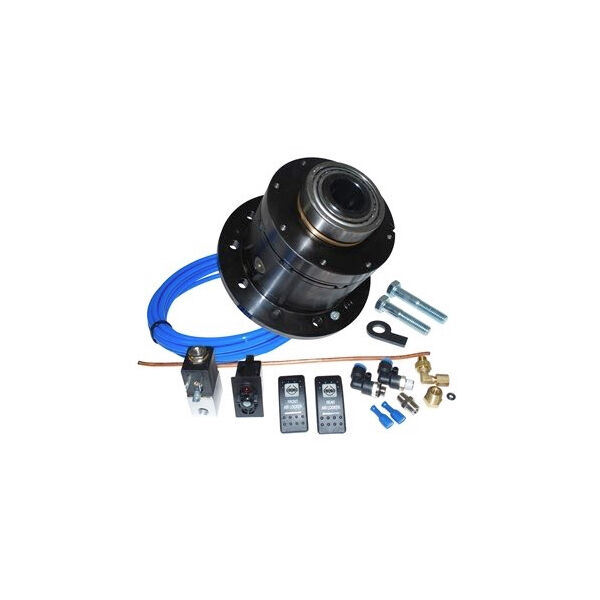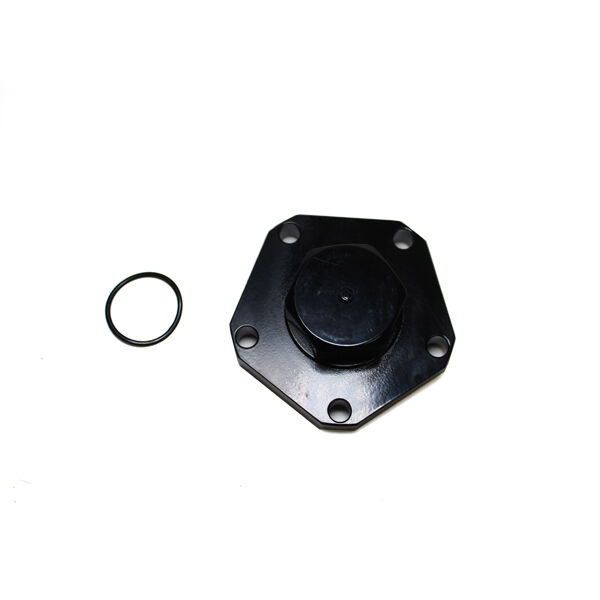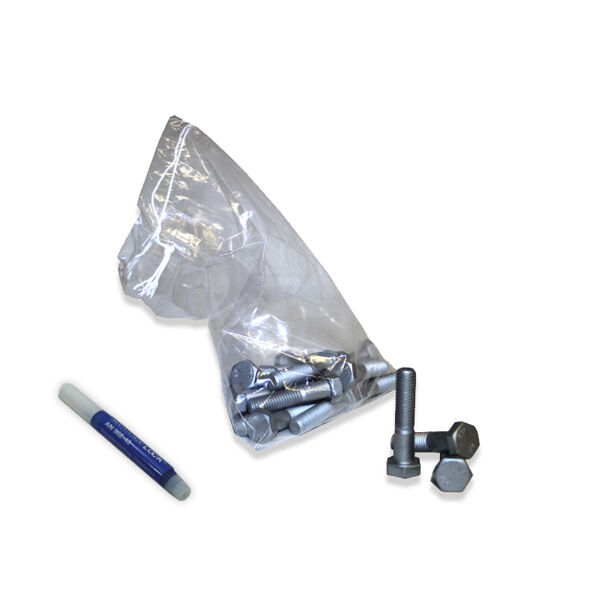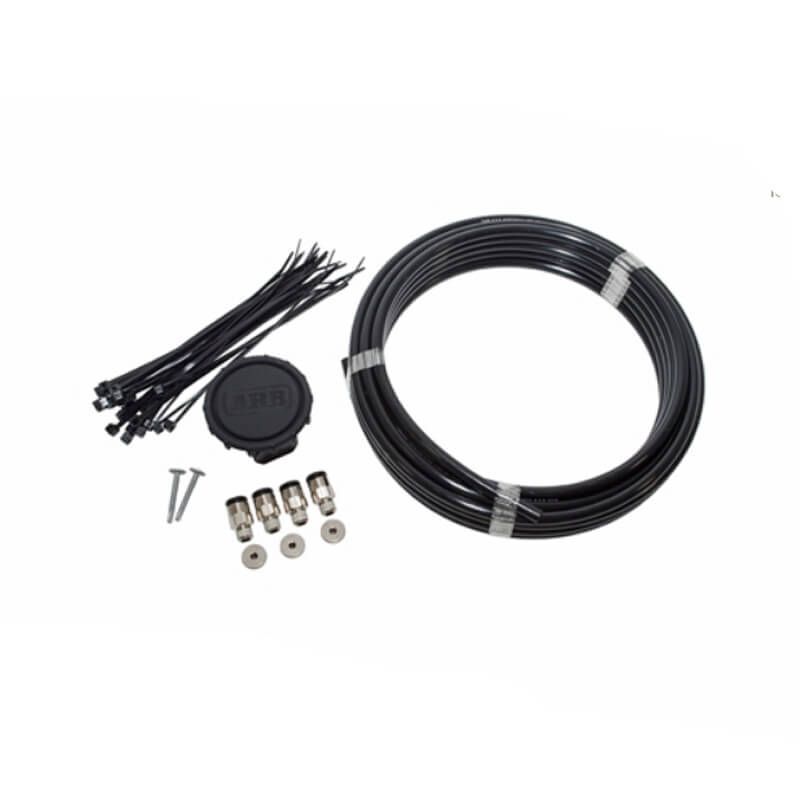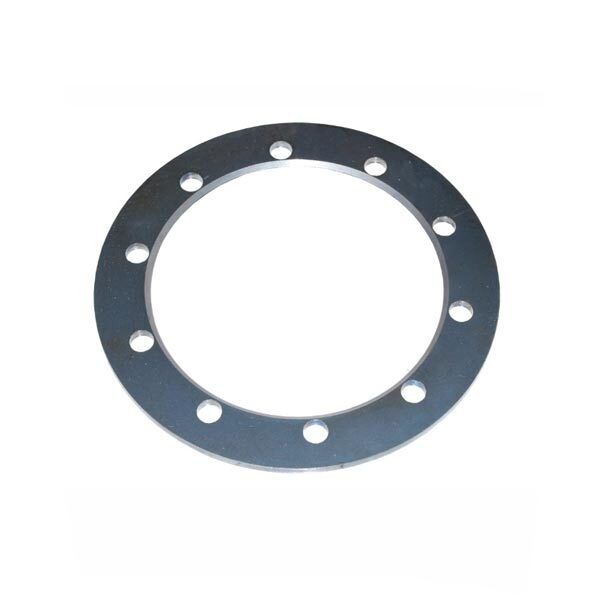Pneumatic 100% differential lock
€1,269.00
Available in 8 days, delivery time 1-8 Tage
Product information "Pneumatic 100% differential lock"
Pneumatic 100% differential lock for Defender and Discovery 1.
There are many types of 100% differential locks for Landrover vehicles, but all seem to have a weak point in the design. The ASC differential lock has been tested by us over many years in extreme conditions.
Offroad differential lock for Land Rover vehicles
This is a perfectly designed 100% pneumatic differential lock. It can be mounted in the original Land Rover differential housing with minimal installation effort, i.e. without modifications to the axle housing. An electric differential lock and is significantly less reliable than a good accurately machined pneumatic version. One of the main requirements of the ASC lock, is absolutely no pressure loss, as this is one of the main problems with other air operated pneumatic locks. To achieve this, a static piston has been used instead of a rotating seal, which has been used in other valves and tends to leak in 80% of all assembled valves. The ASC lock was also made sure to have a full 6 mm engagement when locked, as other air locks are only 2.5 mm and can slip out of lock engagement when loaded.
The final design was eventually based on a 4 pin differential center, this is a heavy duty variant of the original Land Rover differential. This has a 2 pin differential center in comparison and is therefore much weaker balanced. One of the differential side gears has an outer ring of claw teeth to engage the lantern ring when locked, so the lantern ring is crown wheel side. The lantern ring is held in place with 4 pins that pass through the diff center Non crown gear side. Outside the diff center, the 4 pins are connected to a steel thrust ring. This assembly forms a sturdy steel cage, not plastic like other designs that tend to fail.
Technical description and function
On the non-rim end of the journal end cap is a cylinder that houses a bronze piston. The piston has a groove around the inside and outside diameters into which O-rings are inserted. Once the piston is assembled, a retaining ring is threaded around the stud End of cylinder To keep the piston from exiting, air is supplied to the cylinder through a copper tube to a 90-degree ferrule that fits the outside diameter of the cylinder. When air is applied, the piston moves along the cylinder until it reaches the retaining ring. The cylinder does not rotate, the cylinder is stationary and sits on a bronze bushing on the side of the diff center. Inside the sleeve bearing on the cylinder side is a bronze thrust ring to hold the cylinder in place. A locking tab is attached to one of the bolts on the bearing journal cap and is located in a recess in the cylinder to stop rotation.
Information
- Defender 90 - 1993 to front & rear axle
- Defender 110 - 1993 to front axle
- Discovery 1 - 1993 - 1998 Front & Rear Axle
- Range Rover Classic - 1993 - 1996 Front & Rear Axle

